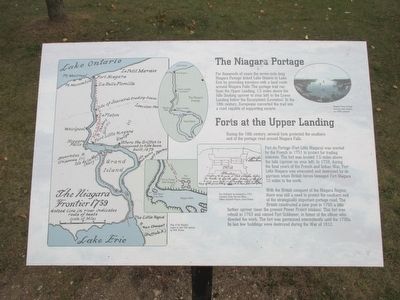As you find yourself at this quiet location, nestled within the sweeping landscapes of the Appalachian Mountains, you are standing near a site that marks a tragic chapter in the Boone family saga. This is where James Boone, the son of the legendary American pioneer Daniel Boone, met his untimely demise in October 1773. In the throes of early American frontier expansion, the Boone family played a pivotal role in shaping the path westward. Daniel Boone, renowned for his exploration and settlement of Kentucky, set out with his family and several other families to establish a new settlement. However, their journey was fraught with danger, a harsh reality of the time.
On October 9, 1773, James Boone, along with a small party including the Mendenhall family, stayed behind at a camp to rest while the main group continued. That night, they were ambushed by a band of Native Americans. The group was caught off guard, and in the ensuing chaos, James Boone and others were killed. This tragic incident, known as the ‘Boone Party Massacre,’ was a stark reminder of the tensions and conflicts that characterized the American frontier. The attack prompted Daniel Boone to halt his expedition temporarily, underscoring the perilous nature of westward expansion during that era.
The site of James Boone’s death stands as a poignant reminder of the sacrifices and challenges faced by early pioneers. It highlights the broader conflict between settlers and Native American tribes, who were defending their lands against encroachment. This event also marked a turning point for Daniel Boone, whose resilience and determination only grew stronger, eventually leading him to successfully pave the Wilderness Road through the Cumberland Gap, a crucial path for westward settlers.
Throughout the years, the Boone family’s legacy has been immortalized in American folklore and history books. Daniel Boone remains a symbol of American pioneering spirit and courage. The story of his son James, though tragic, adds a personal and somber dimension to the broader narrative of exploration and settlement. Today, as you stand here, you are connected to a story that is both deeply personal and profoundly historical, a story that continues to resonate as part of America’s rich tapestry of frontier history.


